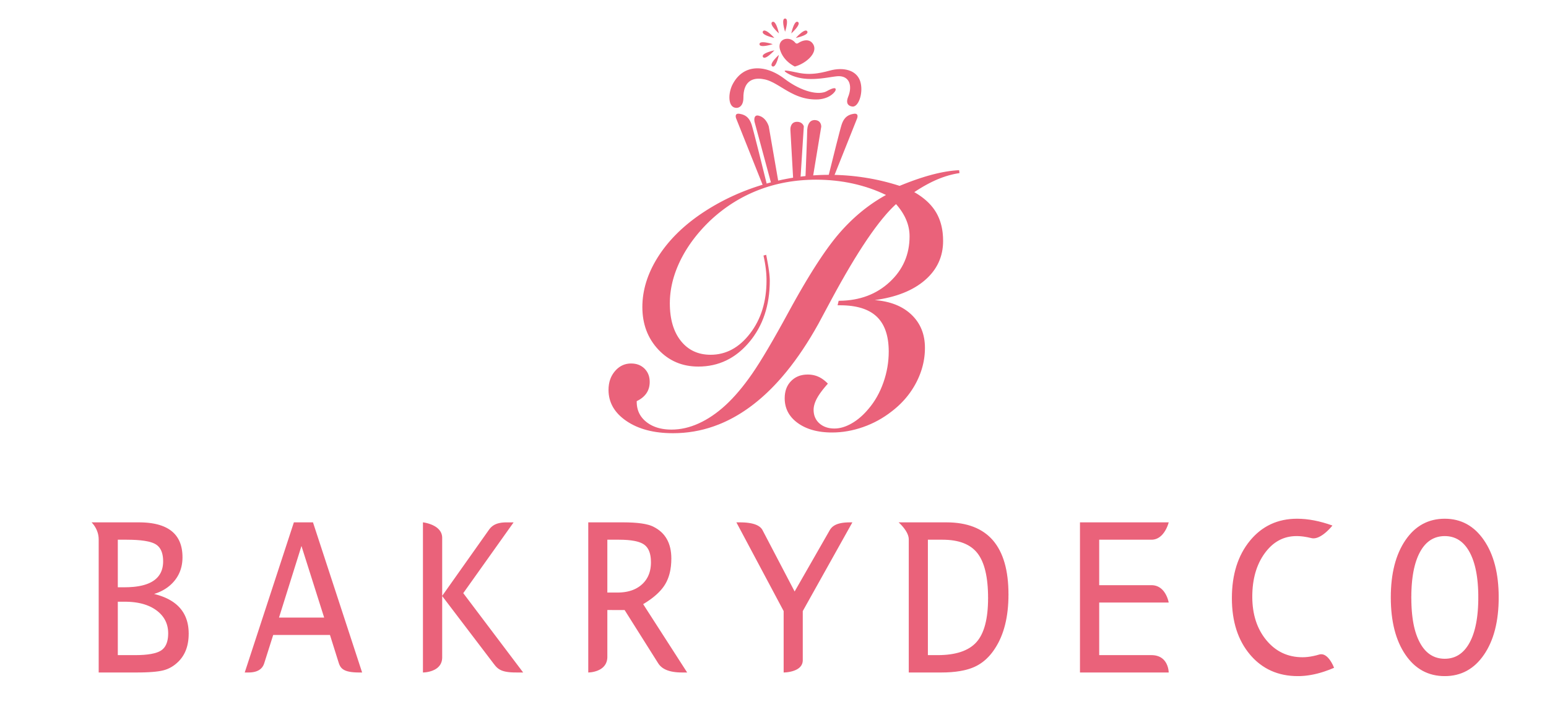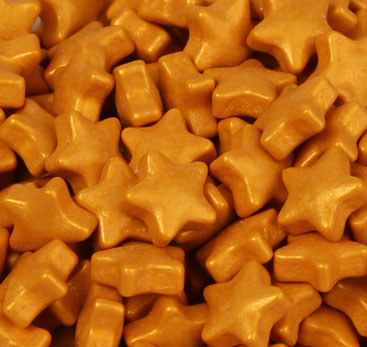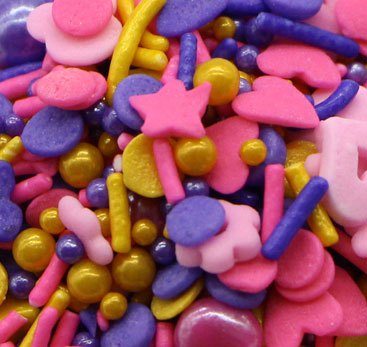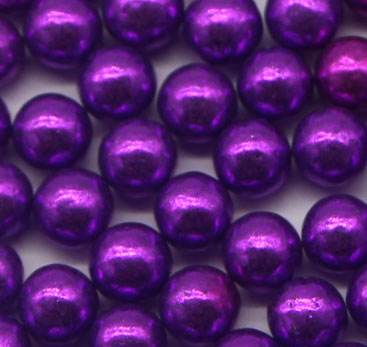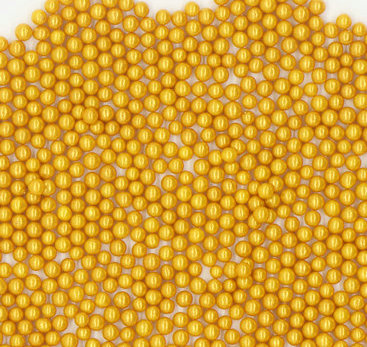What Is The History Of Fondant?
I remember working with fondant one day, having so much fun with it, and thinking I wonder what the history of fondant is? Where did it come from? Who created it and what did they do with it? How different was it from what I am using right now? As soon as I got done decorating my cake that day, I sat down at my computer and completed some research.
How did this delightful and easy-to-work-with product known as fondant get created? Who spent the time developing it and learning what it can offer? How did it change with time to be the product we know and love today? My research didn’t disappoint, I found out plenty that I will share with you here.

It was a fun project, and I quickly gathered some information I would love to share with you. In addition to telling you where fondant originated, I am going to share with you what it was made from early on. I want to give you some information on how the product has evolved with time and why you can learn how to use it! You don’t need to be an expert or a creative genius to have a terrific outcome with fondant.
The history of fondant is fascinating, and it allows us to appreciate how far the development of this easy-to-work-with product has come. Consumer demands, research, technology, and competition among fondant company leaders have paved the way for quality fondant availability for a reasonable price.
Where Did Fondant Originate?
Fondant originated in France; it was introduced in the 19th century. The word Fondant means “to melt,” as it was originally used as a creamy filling for candy. Fondant was used in Turkey around this same timeframe, as a creamy filling for chocolate bars. I was amused by this information and early history as I always thought of fondant as something that goes on top to cover a cake or to create decorations.
It wasn’t until the 20th century though when fondant was a good choice for cake decorating. The cost of white sugar was too expensive before then. It wasn’t practical to spend the money it would cost to create the fondant. Only the wealthy were able to have cakes with fondant on them at that time. It was often a prestigious element and a show of class in many cultures.
Fondant became popular for cake decorating in the 1950s because it could withstand changes in temperature better than icing, including buttercream frosting. Another reason is that the fondant sets the stage, so to speak, for decorating a cake. Creating beautiful decorations including flowers from fondant could be challenging, but many people put in the time to learn this artistic design.
The fondant would be cooled and then rolled so it could be spread on the cakes. It took a great deal of patience to learn the art of rolling this early fondant. It had to be the right consistency and the right temperature or it could be very challenging to work with. The ready-made fondant products today have eliminated those problems.
Saving time with the use of fondant for cake decorating was another leading reason people were interested in it. Life gets busy, and making a homemade cake is special. Yet it shouldn’t take hours of your time to complete it. With fondant, it could be done in less time with fantastic results. It also held up well to the different climates and times of year.

What Is Fondant Made From?
Early fondant products were made from sugar, lemon juice, rosewater, egg whites, and gum paste. That ingredient list has shifted today, making fondant better than ever! Almond extract, citric acid, and chocolate were often added to subdue the overall sugary taste of this early fondant mixture.
Many people mistake gum paste or sugar paste for fondant. While it is true they have several similarities, they aren’t the same product. Gum paste and sugar paste are indeed the same product. They are called by different names in various areas of the world.
You can use either that you wish, but it is my experience that fondant is better to use to cover a cake and gum paste is excellent to make decorations. Why? Gum paste dries to a harder consistency than fondant, and that means the shapes and designs you create from it will hold that form.
The main ingredients used to make fondant are sugar, water, and corn syrup. The exact recipe depends on the product. It is a good idea to read labels to confirm what the product consists of. Gelatin and glycerin are often added preserving the product. Colored fondant usually contains artificial flavors and colors. Some products are plant-based, and the color is derived from all-natural ingredients. You will be surprised by the variations when you start reading labels on fondant products.

Buying Fondant Ready to Use
As the demand for fondant increased with time, it was mainly found in bakeries. These specialty shops would use fondant to create lovely cakes, cupcakes, and other sweet treats. It was amazing to see the designs and decorations they included to make each one original. Custom order cakes became increasingly popular. Bakeries could charge a premium price for the fondant-covered cakes they made for special occasions.
Saving money is important to many consumers, and making a cake at home with fondant ready to use was a better choice for those with limited money to spend. They couldn’t justify spending lots of money for the bakery to make the cake or other baked items for them. Instead, they purchased fondant, colored it if needed for a given project, and completed it themselves. Investing time working with fondant helped them save money!
As the internet became increasingly popular, ready-to-use fondant was easy to order. If you couldn’t find it in a local store, you could buy it online and have it delivered. This was a good way to compare prices and shipping time before buying, too. The internet has encouraged many people to use fondant to decorate cakes, cupcakes, and more at home.
Consumers can watch step-by-step tutorials to help them get comfortable with using fondant. They can learn best practices, read reviews about products, and they can explore the various tools to create designs and specific elements. It is fun to work with fondant when you know the basics and have an assortment of tools available.
A good fondant factory understands the history of fondant and the progressive use of this product by consumers. They offer a product that tastes amazing, it is easy to work with, and it is affordable. All of these are key points for consumers to try working with fondant themselves. When they see what they can create, it can be the start of them using it frequently. The goal of any fondant factory is to generate repeat customers who will continually buy their product.

Popularity of Fondant Continues
The versatility and speed of using fondant continue to make it a top option for people to use today. Shows on TV where they bake and decorate cakes and use fondant give people ideas and concepts to try at home. Bakeries often use fondant to create the ideal cakes someone orders for a special occasion. Videos online and fast access to various fondant products entice people to try rolling it and applying it to cakes at home. They enjoy the process and the final production.
While I encourage you to dive in and have fun with fondant, I also warn you to start simple. Learn the basics and have a variety of tools at your disposal. As your skills improve, challenge yourself to try something new and enhance your skills. Learn from your mistakes too, don’t let them discourage you. Assess what you did well, what you could do better, and what you will do differently next time. Your confidence in using fondant will grow the more you practice.
There are plenty of brands out there, and it is wise to find a quality product for a good price. I have inadvertently sabotaged my cake decorating because I purchased cheaply made fondant. It was a disaster from the start – not because of anything I did, but because I selected that fondant product. This was an eye-opening learning experience! Always stick with a quality product, one with rave reviews.
Once I found a great fondant product I could count on, everything moved in the right direction. The history of fondant is fun to learn about, but I am thankful the hard work is done for me. I can buy the product and trust it to be perfect! I can easily roll it out and create the products I wish to create! My friends and family look forward to me making cakes for their birthdays and special occasions. I love going the extra mile and adding personal touches to reflect the personality of the person it is for.
